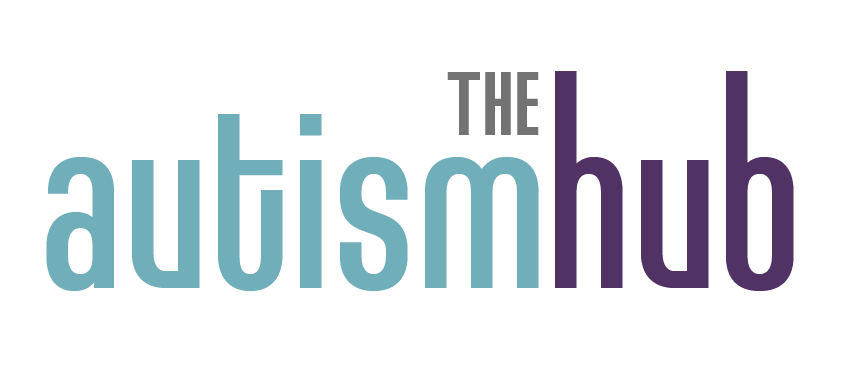My phone contains all the details of my life – all my contacts, appointments and meetings. So you can imagine how vulnerable I feel when I leave it at home.
“Quick, find my phone!”
I usually realise just as I’m arriving at my destination. I immediately try to reason how I can fit in a return journey to locate it, knowing that in reality I am going to have to get through the day without it. I worry that I will miss important appointments, meetings or phone calls and feel stressed that I can’t predict what will happen in the day without it (especially since much of my life lacks sameness!)
It’s with this reflection in mind that I approach thinking about supporting each individual child’s comprehension at Giant Steps. Understanding the world and our role in it is vital in how independently we are able to access different activities, how active we are in these activities, our awareness and how we feel (definitely more relaxed and settled!)
Aside from the type of support – are you going to use a visual schedule, first then board, weekly or monthly schedule, activity sequence, visual rules… the list goes on – there are many different variables when designing visual supports. Iconicity? Size of visuals? Amount of information viewed at a time? Static or dynamic?
Our rule of thumb, there is absolutely no harm in over-supporting comprehension. You do not need to be locked into using a highly symbolic icon system if using colour photographs, video models, remnants or real objects are going to mean that a student is able to more readily and quickly access, understand and act on information. I only need to think of when I have left my phone somewhere to experience the sense of panic that must rush through them as they try to piece together what is expected of them, how long it will last and if they are going to be safe… how stressful! Why not make it easier for our kids to access the world and have positive experiences in it!
At Giant Steps this often begins with understanding the visual literacy skills of each individual student, which can splinter across the range of visual supports depending on their motivation, stress levels, knowledge of routines. For some of our students this might involve real objects or remnants, colour photographs, some line drawings or written text. You might ask, what is the best way to understand an individual’s level of visual literacy? The answer, observe them! See what the child responds to on their own (when motivated, of course!) and if they are finding it hard to respond to a line drawing of a key why not try a photograph or jingle your keys in front of them.
Designing and implementing individualised comprehension supports that meet a specific child’s needs will ultimately result in that individual becoming more independent, feeling empowered and developing a greater sense of trust in the world and the people in it. At Giant Steps, there is nothing better than watching a student check their schedule, understand what it means and represents and then act on it!

Author
Rachael Bowen
DIRECTOR OF SPEECH THERAPY
Giant Steps Sydney
Tags
Resources
Documents, resources and links providing further support for article.
-
Insert link and text here







